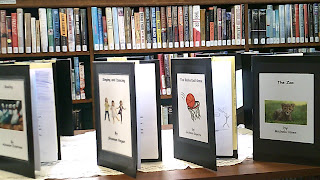TUTORING
For the past two years, I have been tutoring off and on for the Towns of Vernon and Coventry. I worked in the Rockville High School Special Education section from September, 2021 until April, 2022. Shortly thereafter, I took a job private tutoring a Coventry middle school student, which evolved into a Coventry tutoring job when the school system agreed to pay for the tutoring. Rather than step aside, I agreed to stay on at a reduced pay rate to finish the work I had started with this student. One of the parents of the Coventry student sent me a nice email thanking me for the work I had done. The email read in part as follows: "Thank you so much for what you've done for my daughter! You not only helped her survive a critical period in her life last year, but the success of your one-on-one work with her also helped me argue for more one-on-one assistance for my daughter." I enjoy working with students and helping them achieve their goals. Ken
